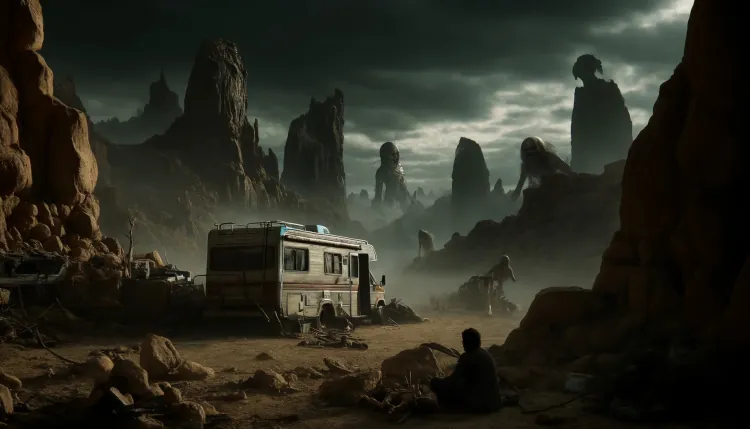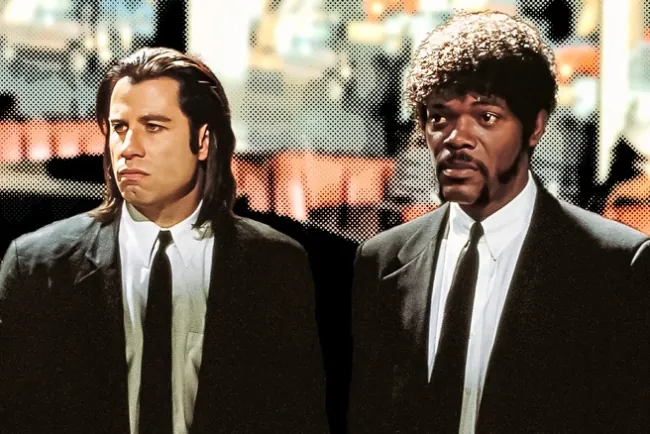The Hills Have Eyes: Wes Craven's Brutal Vision of Survival Horror
Wes Craven's The Hills Have Eyes, a brutal survival horror film about a family's desperate struggle against a group of mutant cannibals.

Wes Craven's The Hills Have Eyes is a 1977 horror film that has left a lasting impact on the genre, known for its relentless intensity and raw depiction of survival horror. Craven, also the mind behind A Nightmare on Elm Street and Scream, created this cult classic with a blend of disturbing imagery, social commentary, and a gripping narrative that delves into the terrifying world of a family battling for their lives against a group of mutant cannibals.
The Plot: Survival Against All Odds
The story follows the Carter family, who are traveling across the desert to California. Their vacation takes a horrific turn when their car breaks down in a remote area. The Carters soon find themselves stalked and brutally attacked by a family of deformed cannibals living in the surrounding hills. What ensues is a nightmarish struggle as the Carters, stripped of their modern comforts and plunged into primal fear, must fight back against their savage attackers to survive.
Themes: Primal Instincts and the Breakdown of Civilization
Craven effectively juxtaposes the seemingly civilized suburban Carter family with the primal instincts of the mutants. The film examines how desperation can lead to moral decay, as even the Carters are forced to resort to brutality to defend themselves. This theme blurs the lines between good and evil, revealing the thin veneer of civilization when survival is at stake. The mutants, led by the imposing Papa Jupiter, are a grotesque mirror to the Carters, showing the extreme end of humanity when pushed to its limits.
Visual Style and Atmosphere
The Hills Have Eyes makes excellent use of its desert setting, creating a hostile and unforgiving environment that heightens the feeling of isolation and desperation. The rough terrain and barren landscape reflect the film’s bleak tone. Despite a modest budget, Craven crafts a tense atmosphere through smart use of sound, with ominous music and disturbing sound effects that enhance the feeling of impending doom.
Influence and Legacy
The Hills Have Eyes is often credited with helping to shape the survival horror subgenre. It laid the groundwork for countless other films and directors exploring similar themes. The film's success led to a sequel, The Hills Have Eyes Part II, in 1984, directed by Craven himself. In 2006, it was remade by Alexandre Aja, who modernized the premise while retaining the original’s violent and relentless spirit.
Conclusion
The Hills Have Eyes is a film that thrives on tension and psychological horror, painting a gruesome picture of humanity when pushed to its darkest corners. Wes Craven's vision was not only to shock audiences but also to offer a reflection on societal decay and the primal instincts that lie beneath our civilized façades. It remains a defining work in horror cinema, showcasing Craven’s ability to blend social commentary with terrifying storytelling, solidifying its place in the pantheon of influential horror films.
What's Your Reaction?






















